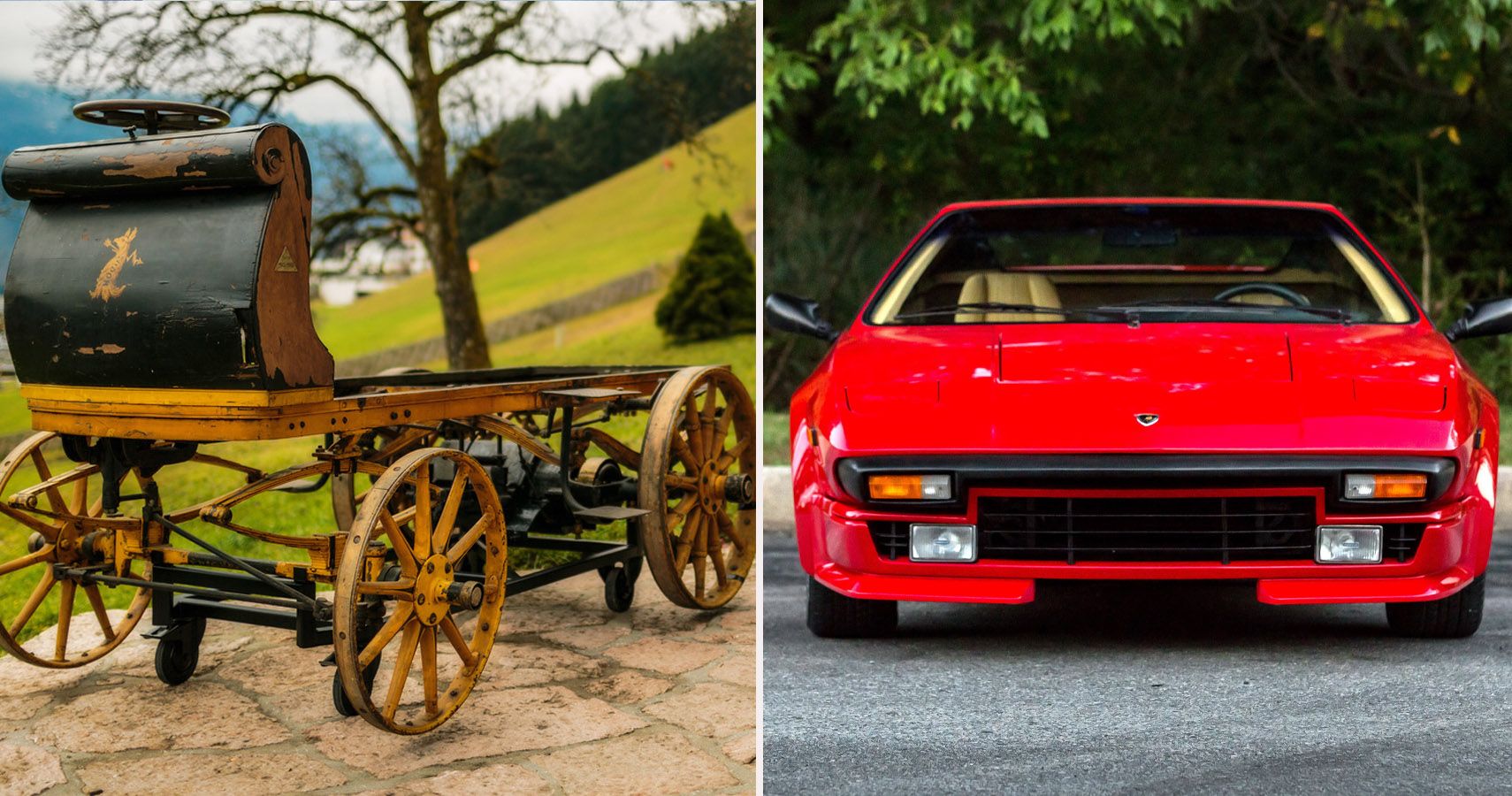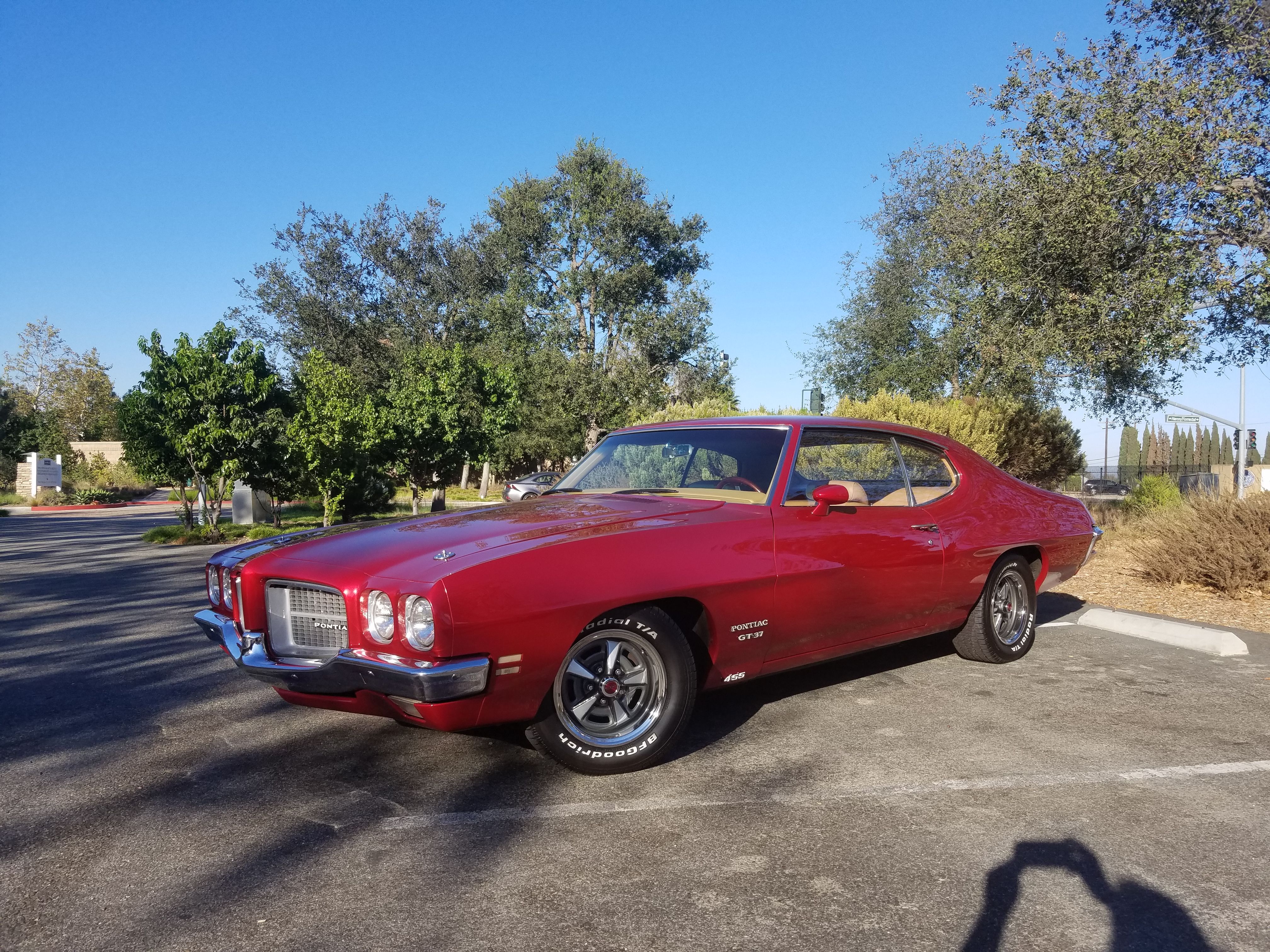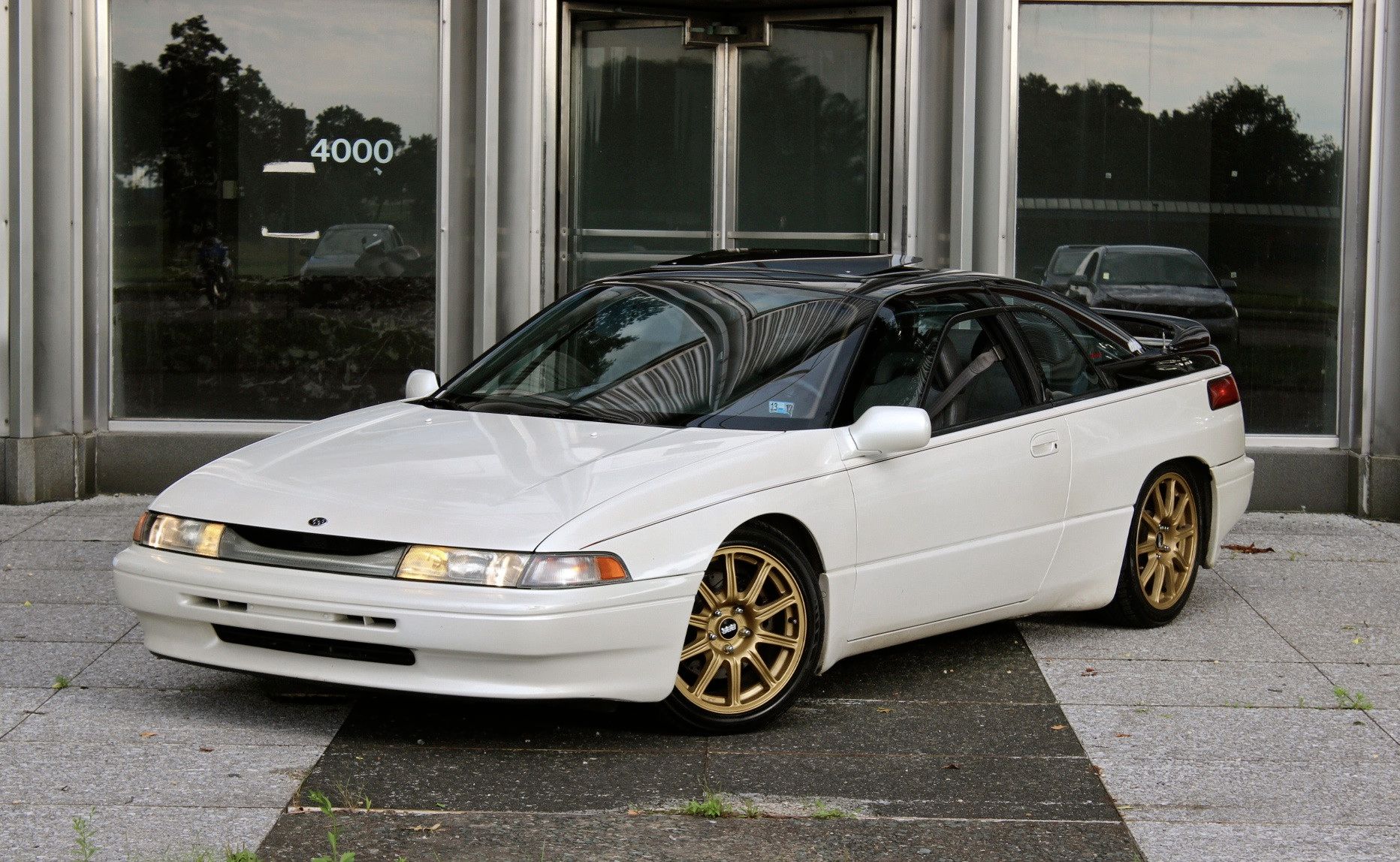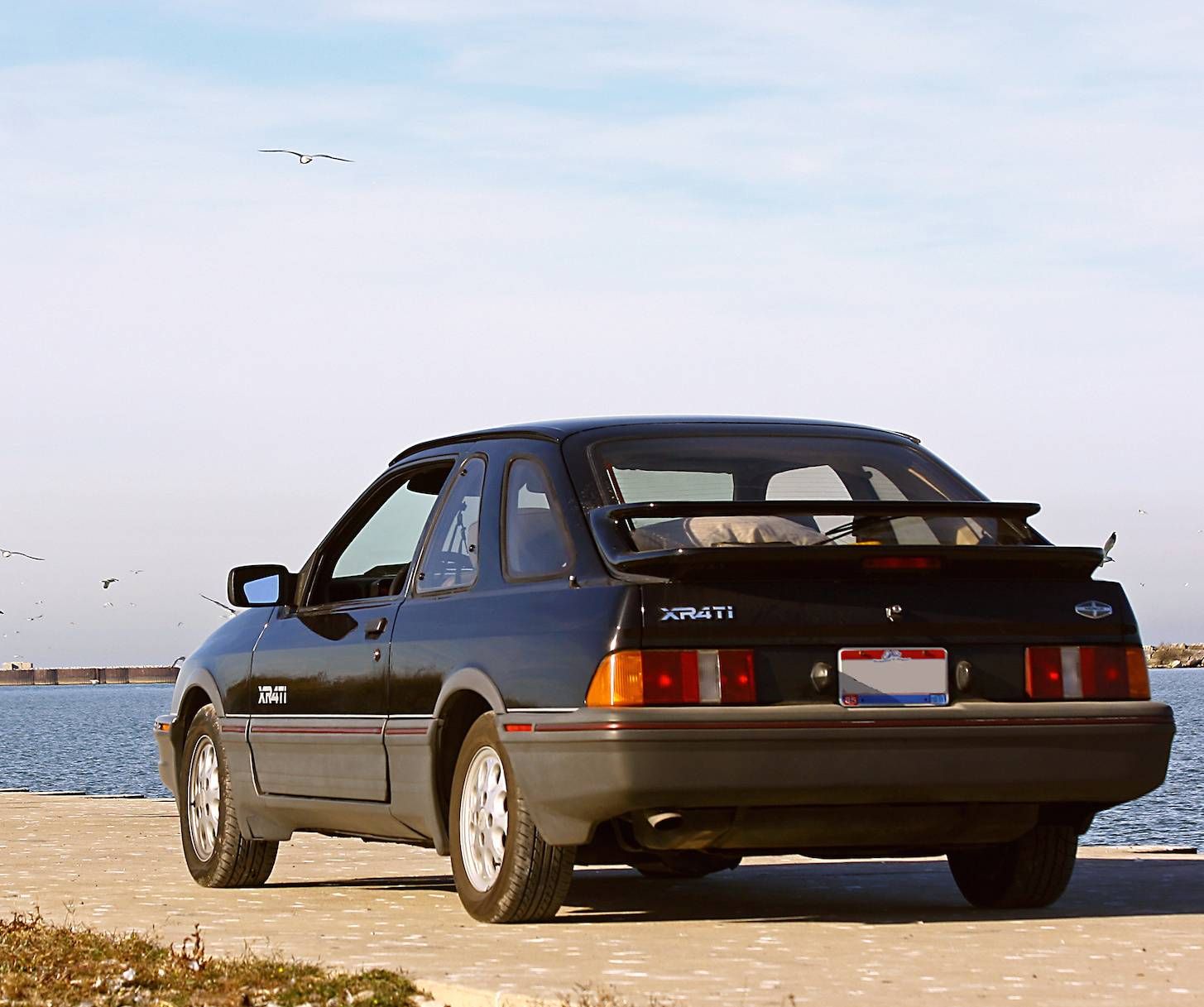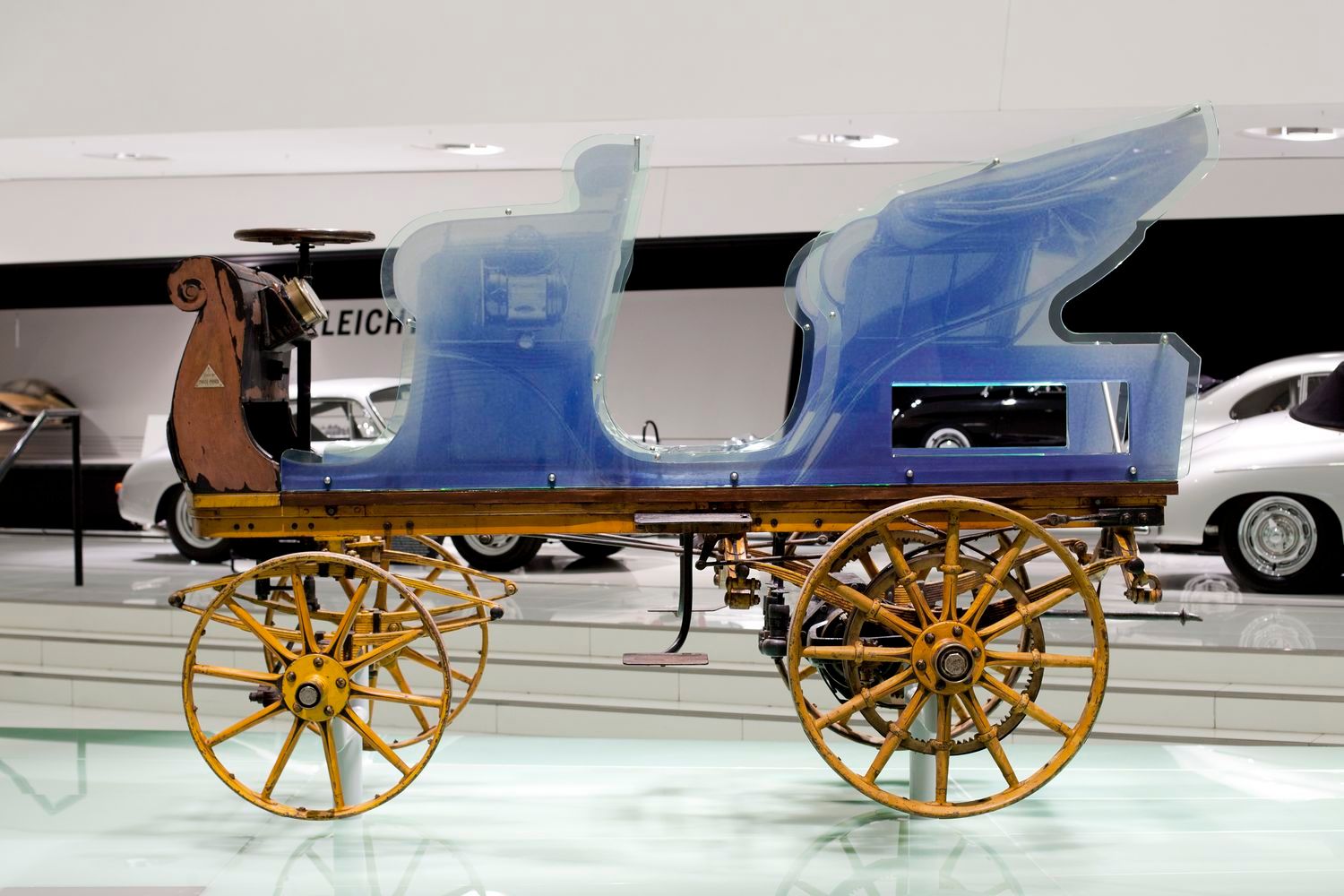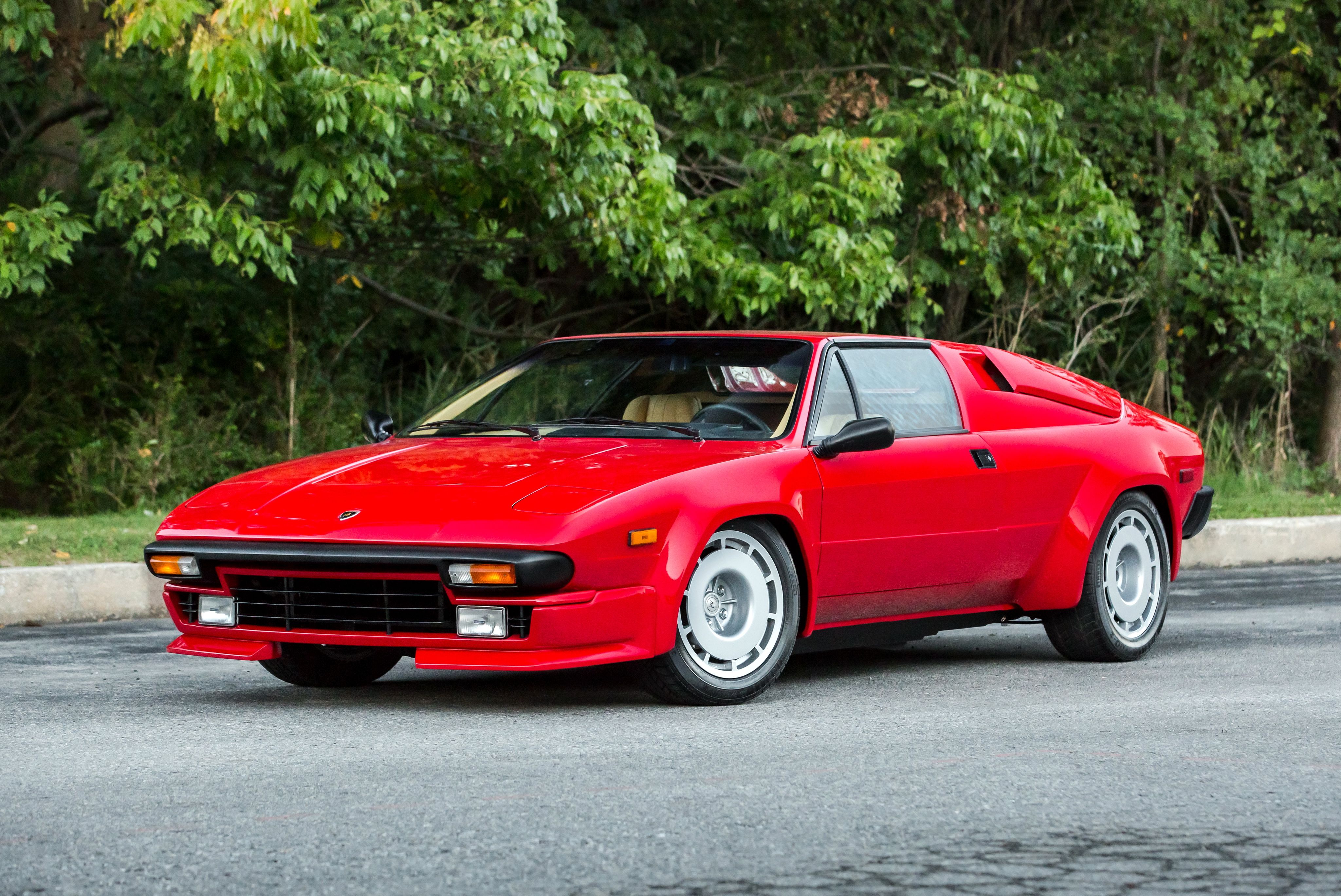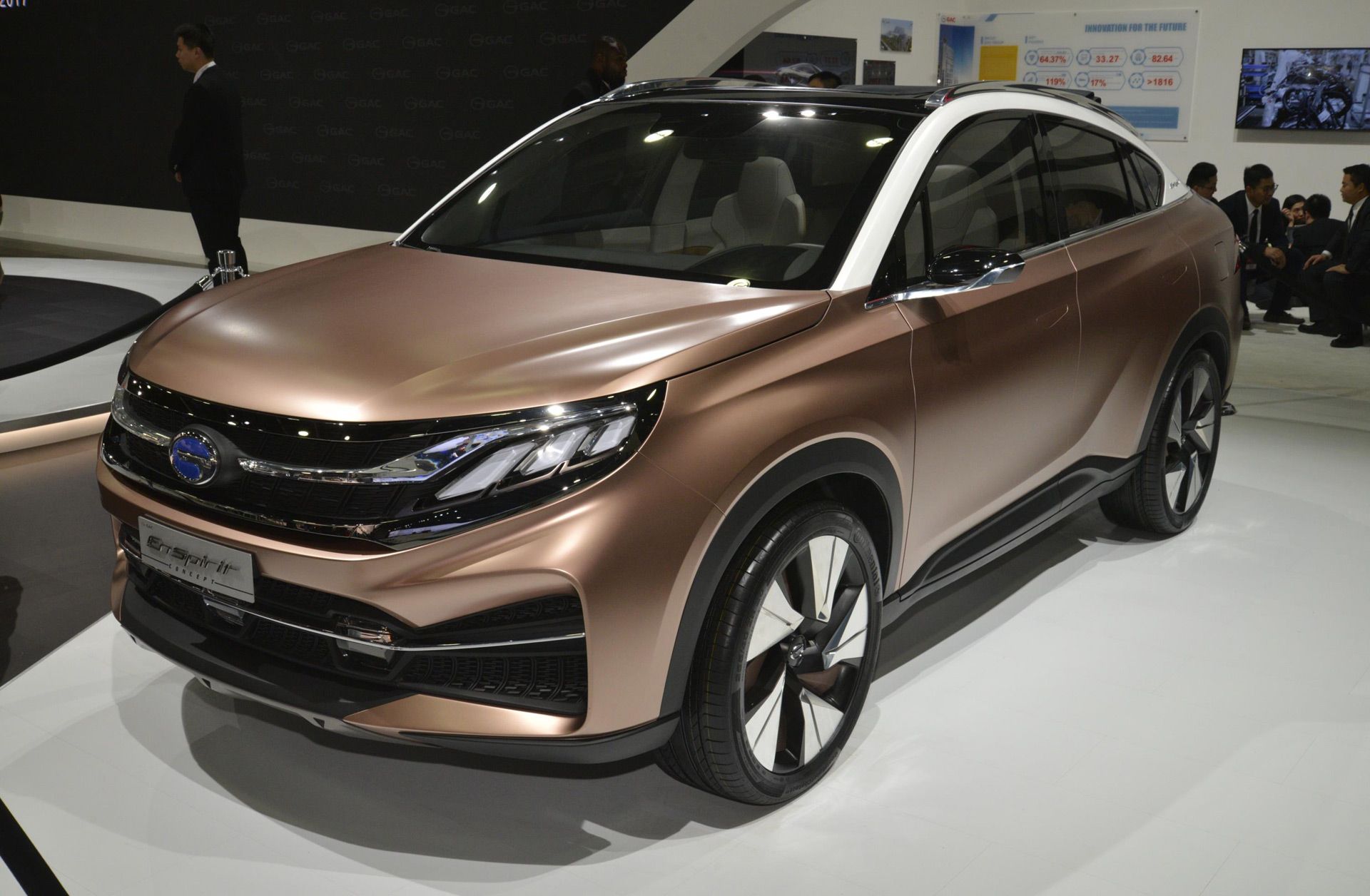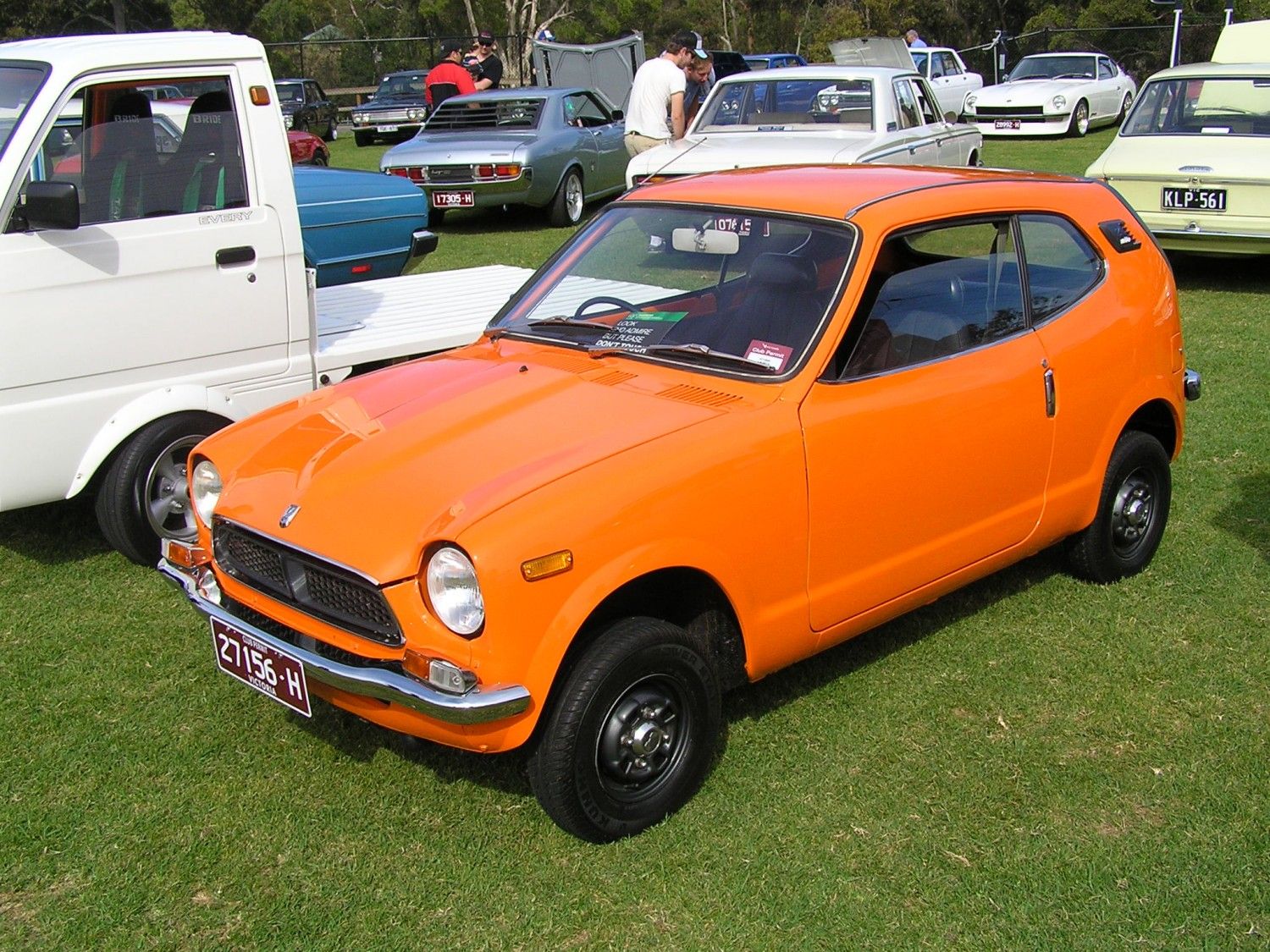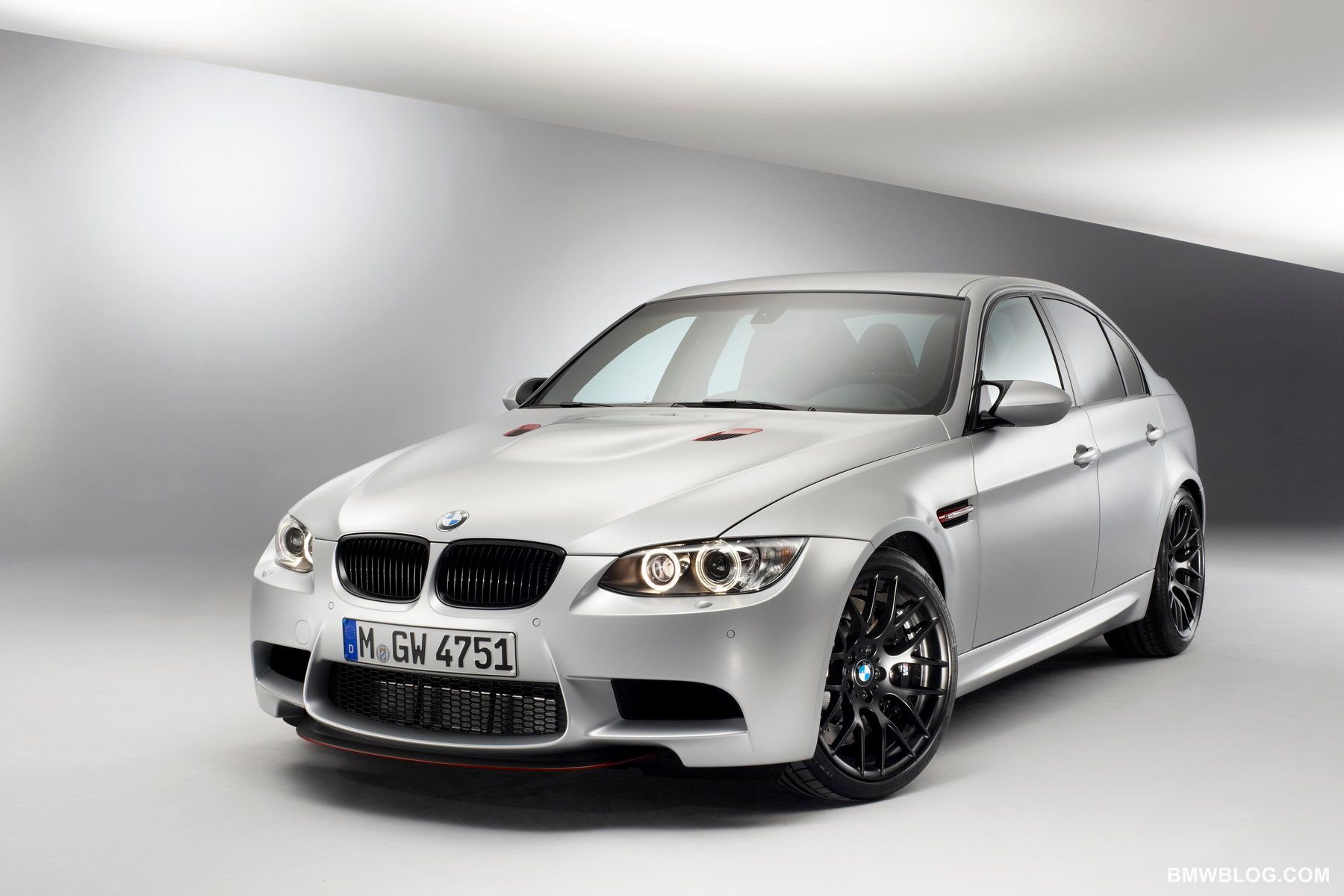There are some cars on the market that will always be considered classics. Are you thinking of your favorites right now? These types of cars have a legacy behind them in engineering prowess, enthusiast modding, racing, and just general fandom. Then, there are some car models that look strangely familiar but you can't quite put your finger on what exactly it is.
Manufacturers are always under a lot of pressure to keep up with the changing times and trends, and it doesn't always pan out. In some cases, they create something brand new or along the way build something that just doesn't catch on with a mainstream audience. For this list, we've focused on outlier car models from known brands and some cars never seen on Hot Cars before.
10 Mazda Cosmo
Did you know Mazda had another rotary engine car before the RX-7? The Cosmo is a 2-door coupe using the Mazda Wankel engine, which is a rotary combustion engine invented in the early 1960s. From 1967, the Cosmo went through a series of updates as a two-rotor engine and, in 1972, ended up as a triple-rotor engine along with all the bells and whistles. Although the Cosmo was never available in America besides custom imports, gamers may recognize it from video games like Gran Turismo and Sega GT.
Unfortunately due to the high price of the car and new Japanese regulations that made buyers liable for extra taxes, the Cosmo was put to rest. Luckily for car buffs, the Cosmo existed long enough to be the inspiration for the RX-7, which continues to charm generations alike.
9 Pontiac GT-37
The Pontiac GT-37 was considered the poor man’s GTO. The GTO, which stands for Gran Turismo Omalegatto, is still considered a world-famous classic muscle car today.
The stripped-down version GT-37 was a 2-door coupe and a V8 engine based on the tempest line. It had a top speed of 194 km/h (121 mph), 255 horsepower, and 0-60 mph in 7.2 seconds. During this time period, muscle cars were considered very expensive, insurance premiums were booming and the trend was changing to more basic cars. However, it was still an era of cruising and picking up chicks in the world of muscle cars. Thus, it's no wonder the poor man's GTO was never a hit.
8 Subaru SVX
Manufactured in 1991, the Subaru SVX was also known as the Alcyone SVX in Japan. The 2-door, front-engine coupe produced 227 brake horsepower. The interesting body styling was the genius of Italian car designer Giorgetto Giugiaro. He most famously designed the DeLorean, Maserati Ghibli, and Lotus Esprit S1.
Coined by Doug Demuro as the "weirdest Subaru ever," it was, in fact, the sportiest cars you could buy from Subaru in the 90s. Unless you're a huge turbo car aficionado, you have probably never heard of it. Before you consider being a hardcore fan, one of the reasons nothing amazing ever came of then is, it only came in automatic.
7 Ford Merkur XR4Ti
The Ford Merkur XR4Ti is a high-performance 3-door hatchback from 1985. It was a car that was specifically championed by Ford vice president Bob Lutz. It originated in Europe and was adapted to the US market.
The XR4Ti was imported to compete against sporty luxury imports like BWM. The "T" referring to it being turbocharged and "i" indicating it was fuel injected. Despite efforts, it never met sales targets and was canceled. It was the last vehicle imported by Ford USA until 2016 when the Ford Focus RS.
6 Porsche P1
What looks like a typical horse-drawn carriage is actually an electric car. More amazingly is that it's Porsche Automotive's very first car. The four-seat, single-speed electric motor had 3 horsepower and a top speed of 21 mph. It was named the Edger-Lohner electric vehicle, C.2 Phaeton model, but also carried the P1 name for short, which represented it is the very 1st Porsche car.
The project was commissioned by car company Jacob Lohner. It was rolled out in 1989 and in a classic Porsche move, was entered into races the following year. After winning a gold medal in a Berlin race, this is said to have been a big turning point for Porsche company.
5 Lamborghini Jalpa
The Lamborghini Jalpa was produced in 1981 in Italy. It was a 2-door Targa body car with traverse mid-engine V8 and rear-wheel drive. During its time, the Jalpa created a bit of a spectacle in the press, unfortunately for less than ideal reasons.
Lamborghini stated that the Jalpa could output 255 horsepower and did a 0-100 km/h in 6.0 seconds, which pinned it against the Ferrari 308. While doing its own tests, Classic & Sports Car magazine quoted a 0-60 mph time of 6.8 seconds. Where the Jalpa did shine was that it was modeled to be an affordable Lamborghini, being less expensive than the flagship Countach, while still being designed by legend Giulio Alfieri.
4 GAC Trumpchi
To start, yes this is a real car model. Made by Chinese automaker group CAC, the latest Trumpchi GA4 model is a 4-door sedan with a 1.5-liter 115 horsepower option or a 1.3-liter turbo option with 136 horsepower. Manufacturer GAC is partnered with five foreign partners: Fiat, Honda, Isuzu, Mitsubishi, and Toyota.
The Trumpchi is currently only sold to domestic Chinese customers, but the company has plans to expand to the US. This could be a good thing for US customers considering the $12,000-$19,000 price point, but it would obviously need a bit of a re-brand.
3 Honda Z
The Honda Z is a 2-door hatchback city car made by Honda Motor Company in the early 1970s. Also marketed as Z600, the earliest version had a 598 cc engine size and made 31 horsepower. It was later remolded into a mini SUV and was available in a naturally aspirated or turbocharged model.
Most impressive, in 2009, a model nicknamed Evil Tweety set a new speed record for stock body production cars. The mini SUV was succeeded by other namesakes that are even more unbelievable, including Honda Life Dunk and Honda That's.
2 Toyota MEGA Cruiser
Anything with MEGA in its name has to be good, right? This large, heavy-duty four-wheel drive vehicle was showcased by Toyota in 1995. At first glance, it looks a lot like a Hummer H1. It too was designed for military purposes as an infantry transport vehicle for the Japan Self Defense Forces. It did come in two versions, one for military and the other civilians.
Similarly, they both had a 4.1-liter turbo diesel inline-4 engine, four-wheel steering in a 2,900 kg (6,395 lb) package. The end goal for Toyota was to use it as a test-bed for future car designs, including its own Land Cruiser style, but the MEGA was financially unsuccessful.
1 BMW M3 CRT
Would you rather drive home in a new Ferrari or a 2010 BMW? The choice may be simple for most people but not for an avid BMW collector. The BMW CRT is supremely rare with only 67 units ever made, including 5 being right-hand drives. The CRT name stands for Carbon Racing Technology, which is a fancy way of saying it was built using Carbon Fiber and Carbon Fiber Reinforced Polymer.
Back in those days, it was extremely unique. This created a serious weight advantage for the M3 in its day, as by shaving off 154 pounds, the 4.4-liter V8 engine was able to 0-60 in just under 4.4 seconds. Today, BWM has an entire plant dedicated to it, which it uses for super light models like the i3 and i8.

